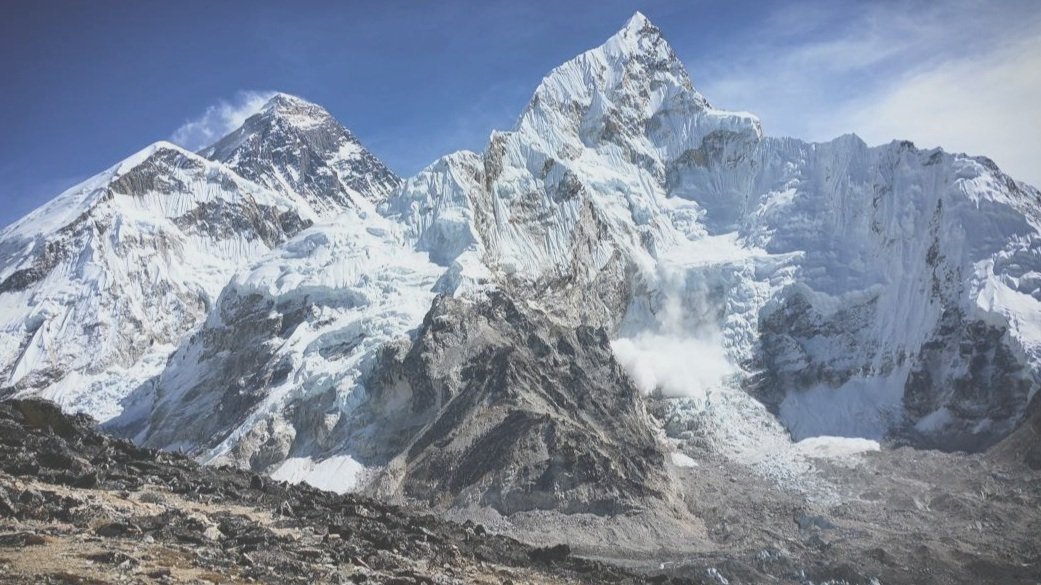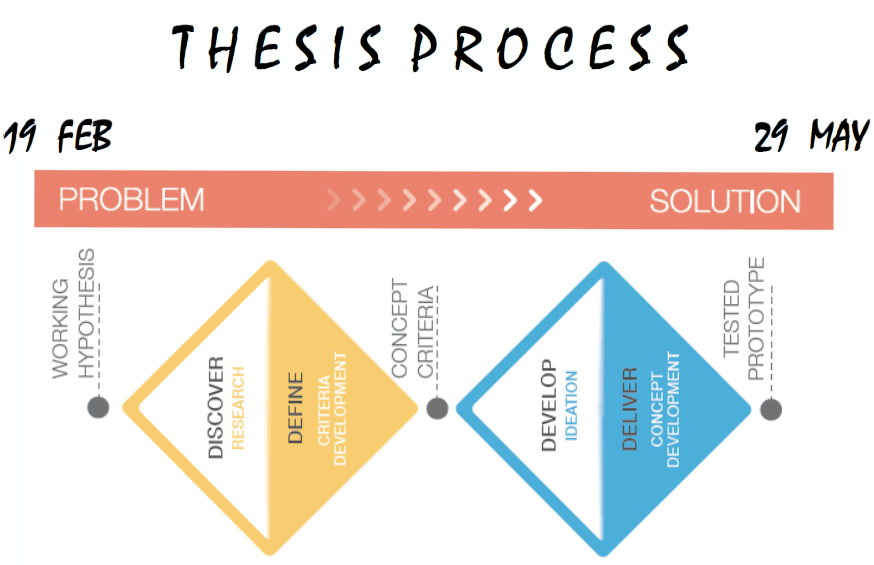
Nothing – not even the most monumental Experience – is immune to
Change
Summary
-
The final year’s project of the DMI studies, allows students to specialize in a topic of their choice and demonstrate their profound understanding of Design Management.
-
As a graduate student, I was responsible for the entire Design Process. Translating primary & secondary research into findings, defining the solution criteria, conceptualizing and delivering an MVP.
Jorge Hirter, who was assigned as my mentor, accompanied me throughout this process.
His analytical coaching sessions and philosophical receptiveness were of inestimable value for this project.
-
The proposed solution is a conceptual filtering algorithm.
Users can manipulate a set of preferences upon which the solution suggests the user a ranked selection of reflection methods.
The solution is delivered using the format of an app. This allows users to get easy access to a personalized recommendation, and also give them the possibility to exchange their opinions about the methods in a growing community.
Additional value is delivered since a growing community (and the addition of methods and feedbacks on them) consequently enhances the algorithm’s accuracy.
-
Design and experience
The main concern here is the creation of holistic customer experiences through human-centered solutions and the design of all touch points.
A viable topic must:deal with an existing problem or opportunity to create an applied solution.
address a general or universal problem, thus creating value.
explore a problem or opportunity (research and innovation) to generate options for solutions.
permit the application of the design process
The responsibility for going through the process, as well as for writing the thesis document, lies solely with the student. The school provides the necessary information (regulations, requirements, dates, etc.) and organizes the tutors and examiners involved. Each student is assigned a mentor for this work.
-
The complex and abstract nature of the problem required a systematic and unbiased approach from different angles throughout the entire design process, which can be studied in the paper.
Gathering relevant research required extensive qualitative interviews. The topic required people to open up about profound examples & impactful experiences in a their life. Enabling a trustworthy setting was key.
Furthermore, the insights had to be distilled from various perspectives, in order to define the solution criteria.
Maintaining a read thread was only possible through various iterations and focusing on the initial purpose of the project.
-
The act of reflecting requires a deep confrontation with our Self.
This sometimes reveals aspects which we don’t like, reject or simply ignore.Self-reflection is a process which few scholarly institutions teach (correctly), or encourage young people to engage in.
It requires time, openness and commitment to undergo this alternative path.More and more (especially young) people struggle with disillusionment in today’s world and feel somewhat “lost”. There is a great need for guidance when asking the question “Who am I and what drives me?”
Even though Design Management is often applied in a business-driven setting, it can also address organizational and societal challenges.
Generating a strong sense of empathy towards the people who we design with/ for, is perhaps the most fundamental competency to develop a success story which has a positive impact on somebody’s life.
How to apply Design Management for a Thesis project.
-
The tricky part is the realization of the complex nature of reflection. Every person has his/ her own way of expressing things.
Finding a common denominator to define a user type is difficult enough, let alone one for quantifying reflection methods.
A critical success criterion is gaining enough (lead)-users from whom data can be attained in order to feed the algorithm with relevant insights.
Especially, as soon as the first 1000 users have joined, larger adjustments (e.g. wording, adding parameters, online storage space etc.) will be required.
It is estimated that the overall development for the app will take anywhere between six and eights month, a small team of developers and a budget of CHF 40-100k.
If you are seriously considering making this concept become reality, I’d be very excited to have an exchange.
“There is nothing so stable as change.”
– Bob Dylan
-

Topic Introduction
Throughout our lives we encounter innumerable interactions with people, cultures and places. Yet, seldom do we take the time and energy to reflect on what is actually going on and what these encounters mean. We simply take them for granted, because we believe that they are a result of our consciousness. Unfortunately, consciousness and awareness are often limited. There is scientific proof, however, that they can be trained through an active reflection process.
-

Situation description
According to WYSE Travel Confederation (2016), 50% of youth travelers (15-29 years old) shift from leisure travel (simply taking a vacation) towards more purpose-driven and experiential forms of traveling.
Upon returning home, as daily routines reassert themselves and a relentless exposure to multi-media stimulus rapidly drowns the value of these experiences.
-

Central idea & motivation
Self-reflection is a highly valuable activity to shape a critical mind and question our perception about reality, cultures and systems. By realizing and fostering this opportunity, we have the possibility to learn a lot about our Self and how we interact with our environment. We can apply this learning – if properly stored – into our personal and professional lives, long after we returned back home.
I wanted to explore the associated areas of awareness and consciousness to find a way how people can be facilitated and motivated during their reflection process and who can therefore attain a long-term value retention of their experiences.
-

Topic approach
Problem Definiton
Reflection doesn’t happen or appeal because it can be a very complicated and arduous process to make the value of an experience tangible.
Working Hypothesis
The better the value of an experience can be visualized, the more likely youth travelers (or people in general) are willing take on the activity of reflection.
Research Question
How can the value of an experience be visualized in such a way that Youth Travelers can engage in an improved reflection process, leading to a better understanding of how their consciousness works?
-
Discover
Problem Statement
Design Principles
Empathy Interviews
5W+1H Question
Surveys
User Profile
Trend Analysis
Scenario- & Context Mapping
Define
Context Mapping
Feasibility Matrices
Usability Matrices
Use cases
Insight-Criteria Translation
Develop
Brainstorming
Exploratory Maps
Service Blueprint
User Journeys
Deliver
MVP / MFP
A/B Testing
Feedback capture grid
Wireframes
Solution Feedback
-
Prof. Jorge E. Hirter
Tutor & Lecturer
Lucerne University of Applied Sciences and ArtsHis commitment and interest towards this topic kept me signed up for this “motorcycle” course.
Sheeana Jakob
Graphic Designer @ Jacob Designwho shared her graphic design expertise and creativity to give this paper’s appearance a final touch.
Also I’d like to highly acknowledge the motivational contribution of my family and friends. They surely fueled me up when the tank was on reserve.
















